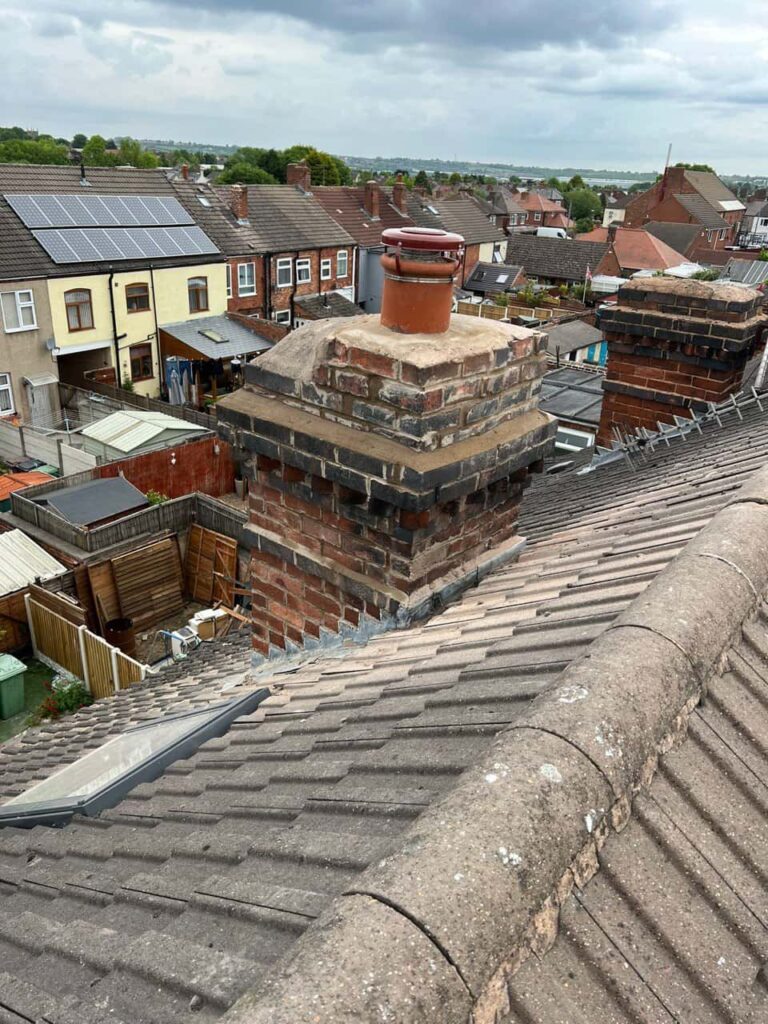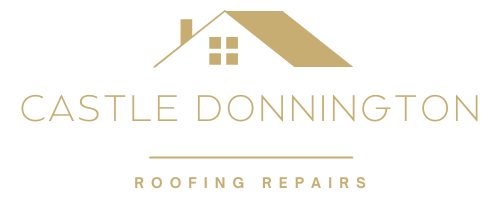Introduction: Your home’s slate roof is not just a beautiful feature; it’s also a vital component of your property’s protection. Regular inspections are crucial to identify and address potential issues before they worsen. While professional inspections are recommended, homeowners can perform preliminary checks to spot visible signs of damage. In this blog post, Castle Donnington Roofing Repairs offers a guide on safely inspecting your slate roof for damage.
1. Safety First
Before you begin any roof inspection, prioritise safety. Ensure you have the necessary safety gear, including a sturdy ladder, non-slip footwear, and a safety harness if working on a steep roof. Avoid inspecting the roof in adverse weather conditions, such as rain, snow, or high winds.
2. Visual Inspection
Start your inspection with a visual assessment of the entire roof from the ground. Use binoculars if necessary to get a closer look at the slate tiles. Look for the following signs of damage:
- Missing or cracked slates: Any chipped, cracked, or completely missing slates should be noted for repair or replacement.
- Discolouration: Stains or discolouration on the slates may indicate water damage or the growth of algae and moss.
- Sagging or unevenness: An uneven roof appearance may suggest structural issues beneath the slates that require attention.
3. Inspect Flashing and Penetrations
Check the flashing around chimneys, skylights, vents, and other roof penetrations. Damaged or improperly sealed flashing can lead to leaks. Ensure the flashing is securely in place and free from gaps or deterioration.
4. Gutter Inspection
Inspect the gutters for any loose or broken slates. These may have fallen into the gutter during storms or due to wear and tear. Clear out any debris that could clog the gutters and inhibit proper drainage.
5. Attic Inspection
If you have access to your attic, perform an interior inspection. Look for signs of water damage on the underside of the roof decking, such as stains, mould, or mildew. This can indicate a leak in the roof that may not be immediately visible from the exterior.
6. Document Your Findings
As you inspect the roof, document any damage or areas of concern. Take clear photos to provide visual evidence of the issues you’ve identified. This documentation will be useful when discussing repairs with roofing professionals.
7. Consult with a Professional
While homeowners can perform preliminary inspections, consulting with a professional roofing contractor for a thorough assessment and any necessary repairs is essential. Professionals have the experience and expertise to detect hidden or structural issues that may not be apparent during a visual inspection.
Conclusion: Regular roof inspections are essential to maintaining the longevity and functionality of your slate roof. Safely inspecting your slate roof for damage allows you to identify issues early and address them promptly, preventing more extensive and costly repairs in the future. Castle Donnington Roofing Repairs is here to assist you with any slate roof inspection and repair needs, ensuring that your home remains protected and your slate roof retains its beauty for years.
Call us on: 01332 215 195
Click here to find out more about Castle Donnington Roofing Repairs
Click here to complete our contact form and see how we can help with your roofing needs.

